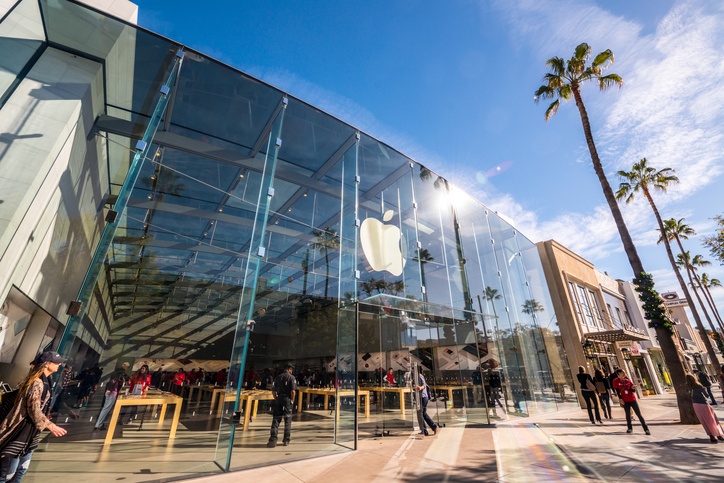I was walking past an Apple Store while exploring a neighborhood with my family. There wasn’t anything particularly unusual about seeing one; however, I did note a sign in the front window: “100% powered by renewable energy.” Time has passed and this trend has only increased, and of course the usual demographic is going to be impressed with that sort of thing. However, we’re not in the business of selling exclusively to clients or market segments interested in renewable energy.

Let’s use a grocery store as an example. They may benefit somewhat from being outspoken about green energy; however, the bottom line is going to be dollars and cents. You could sell to them by equating how many candy bars, corn flakes or strawberries they had to sell last year to match those energy savings. I think it's a pretty exciting way to start a conversation.
Downstream benefits could also be more of an attraction than saving Mother Earth. For instance, you could say, “We have worked with businesses just like yours and researched countless others in the marketplace. We’ve discovered that when they added LED lighting and solar, their retail sales increased.”
You could continue by explaining, “The environmentalists will come because they appreciate a building powered by renewable energy. And the LED lighting that is powered by that solar energy will make your merchandise look better, so when those environmentalists arrive, they’ll spend more. In fact, there are studies proving that retail sales increase when merchandise is illuminated with LEDs.”
In order to use this approach successfully, you need to do your research regarding that particular segment. And when you do, you’ll find studies on how steaks, potatoes, bagged lettuces and cherry tomatoes all have a longer shelf-life when illuminated with LED light. I read one study a while ago that said that putting LED lights in mid- and low-temperature freezer cases increased retail sales by 19%. (All of these facts and many, many more appear in Selling Energy’s Segment Guides™ offering. Visit our website to learn more.)
In short, salespeople allow their presentations to be dominated by terms like “efficacy” (lumens per watt). Sales professionals equate the projected energy savings to yardsticks that matter to their prospects, such as increased foot traffic, higher retail sales, avoided shrinkage supported by meat and produce that have longer shelf-life, etc. And once you determine a segment-specific benefit, be sure to express it in a pithy sound bite or a one-page proposal. Speak your prospect’s language, and make your message easy to assimilate.







